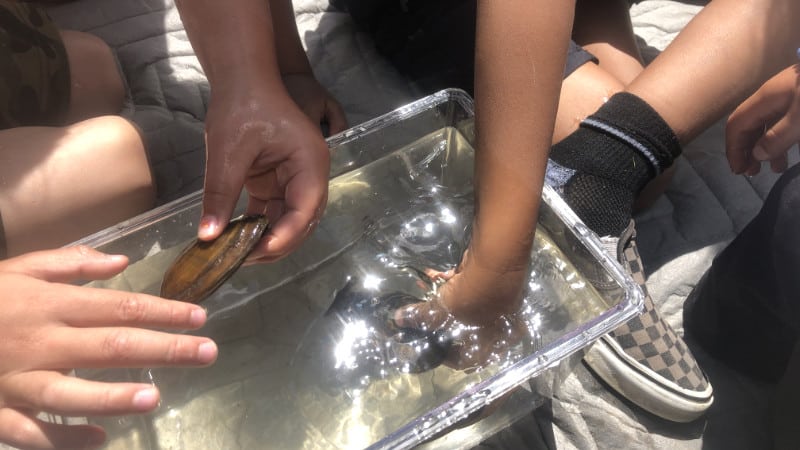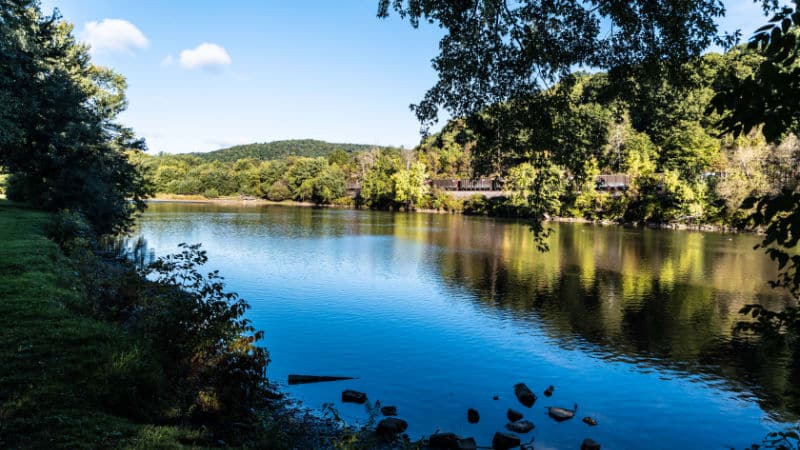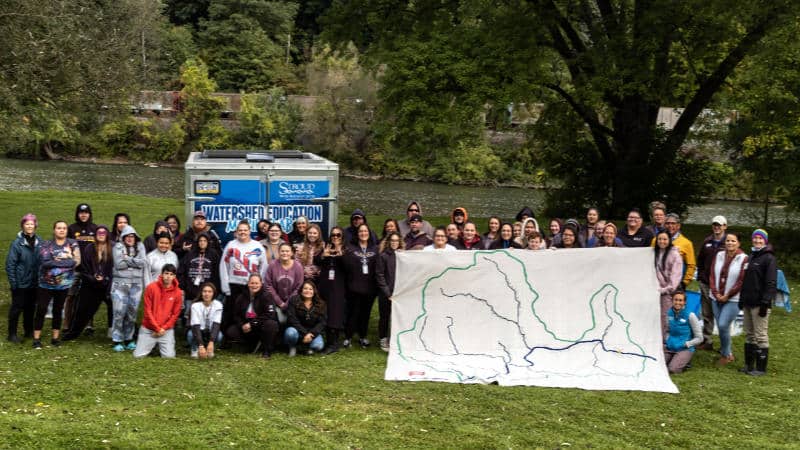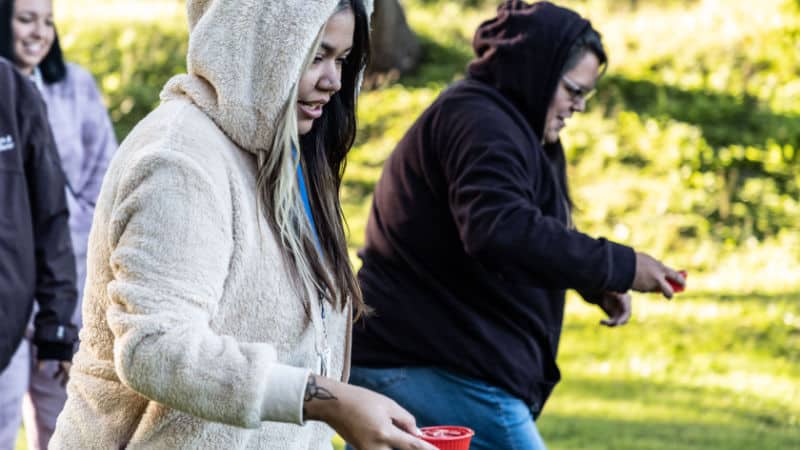
By Tara Muenz
The Seneca Nation of Indians is empowering its youth and community members to become water protectors who will increase the tribal nation’s natural resilience to environmental stressors. To that end, the Emergency Management Department, with funding from the Bureau of Indian Affairs, reached out to Stroud Water Research Center in 2019 for assistance in designing a place-based, experiential education program rooted in traditional ecological knowledge.
Emergency Management Director Mike Gates said by reaching out, he was seeking to take care of his community in the Cattaraugus and Allegheny Territories.
Gates said, “We need to make sure we understand how these waterways work, how they intersect our lives. Some of the major issues that affect our area are flooding and impacts to the river like pollution. We brought along the team of Stroud Center educators to help us with these trainings, summer camp programming along the Allegheny and on the shores of Lake Erie, and community day events.”
Stroud Center educators worked with Gates and early childhood center leaders to bring meaningful, locally relevant freshwater education concepts and measures to empower their citizens to take positive actions to improve their tribal waterways.
In June 2022, with the mobile lab in tow, the education team spent four days in both territories demonstrating hands-on activities for summer campers looking at live crayfish and freshwater mussels and following the journey of a water droplet that moves from a plant to a cloud, a glacier, and then a river.
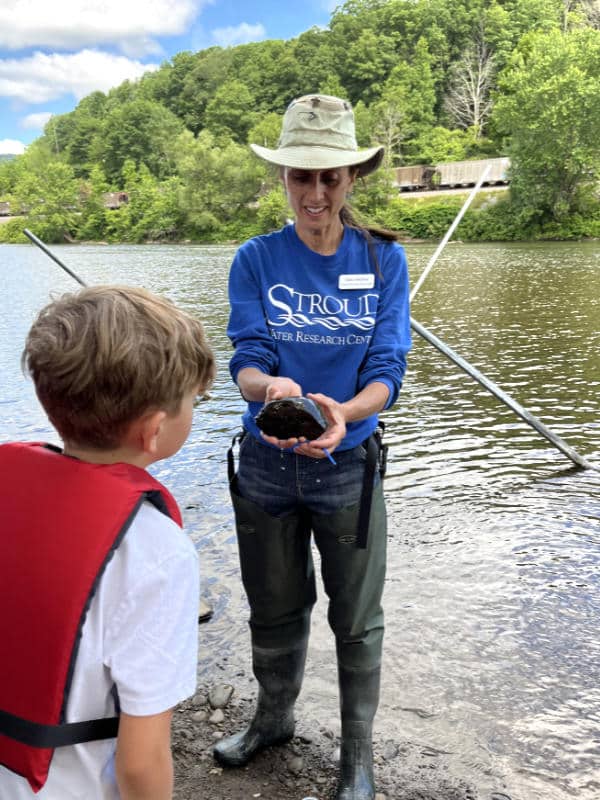
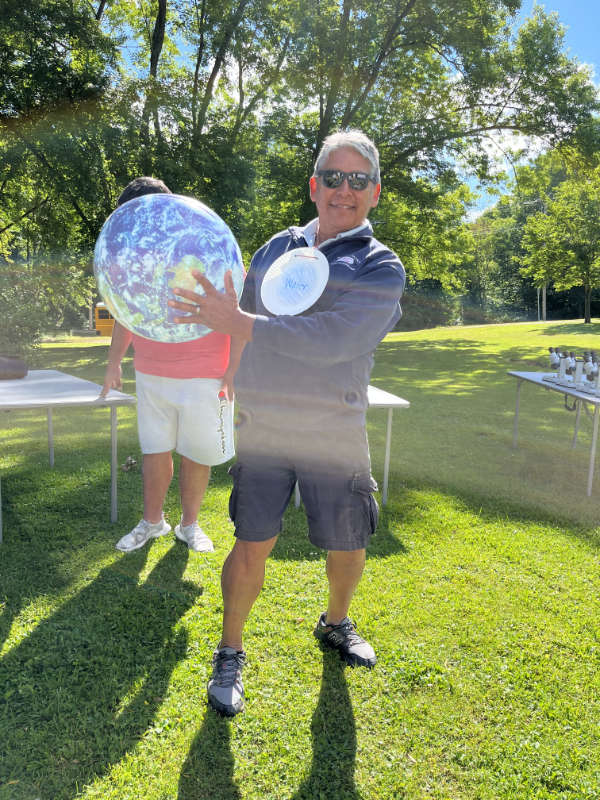
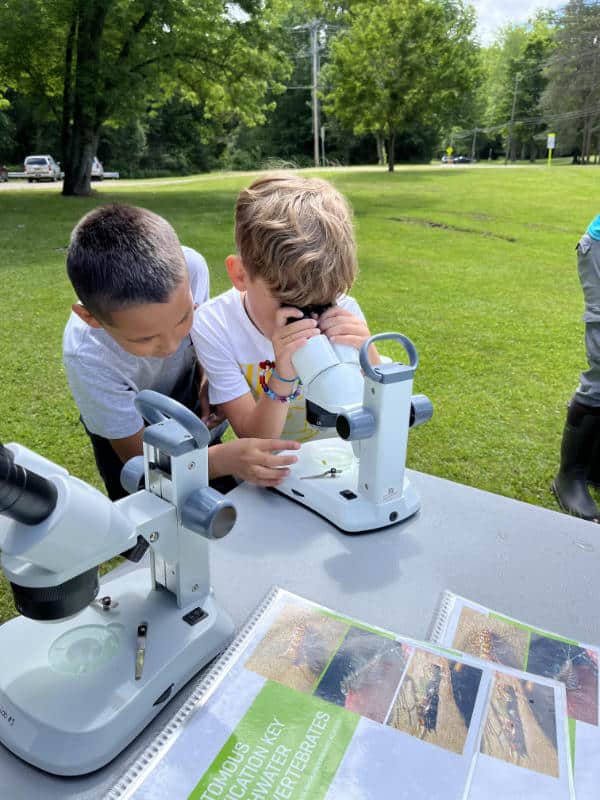
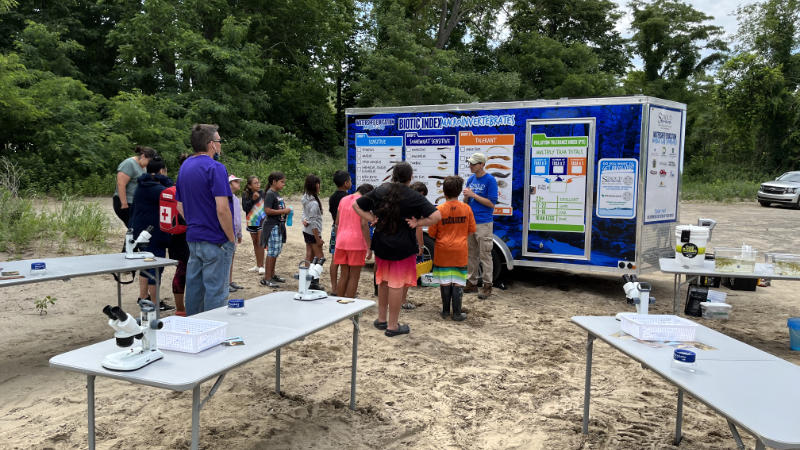
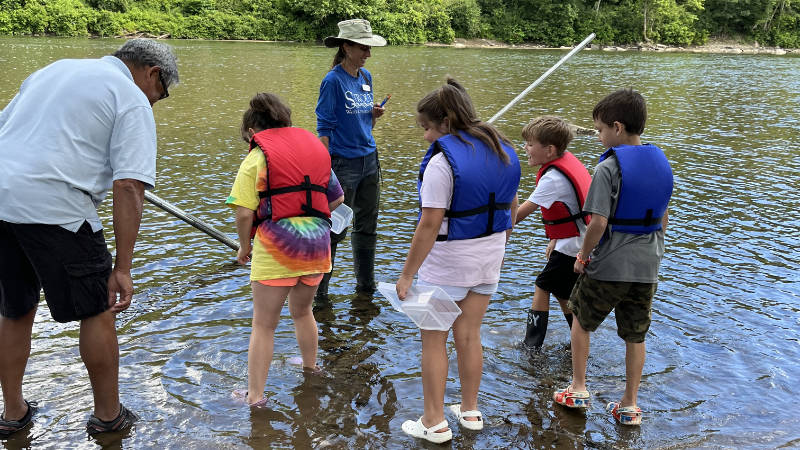
Later in the year, the education team returned to the Seneca Nation to deliver a one-day training in the Project WET Foundation’s international freshwater curricula for early childhood education called “Getting Little Feet Wet.” Over 60 staff at the Salamanca Arts and Learning Center (SALC) participated in activities along the OHI:YO’ (Allegheny River) to learn about water properties, the availability of clean fresh water on the planet, and aquatic life within their local watersheds.
The day began with the Nation’s Thanksgiving prayer and culminated with individuals reflecting on their relationship with water and making a pledge to become better stewards of this resource. Participants said they will incorporate more hands-on learning opportunities for students to engage with water.
It has been an honor to visit the communities within these territories, see the beautiful waterways flowing in and around these landscapes, and collaborate with Gates, the staff at SALC, and everyone involved with this special and timely initiative.
An Indigenous Perspective on Water
Fresh water is commonly called and treated as a resource, but Jacqline Wolf Tice, an Indigenous legal scholar, offers a more relational view.
The National Education Association offers resources for teaching children’s literature on environmental topics, including water conservation, to diverse audiences. Check out We Are Water Protectors, written and illustrated by Indigenous women.
